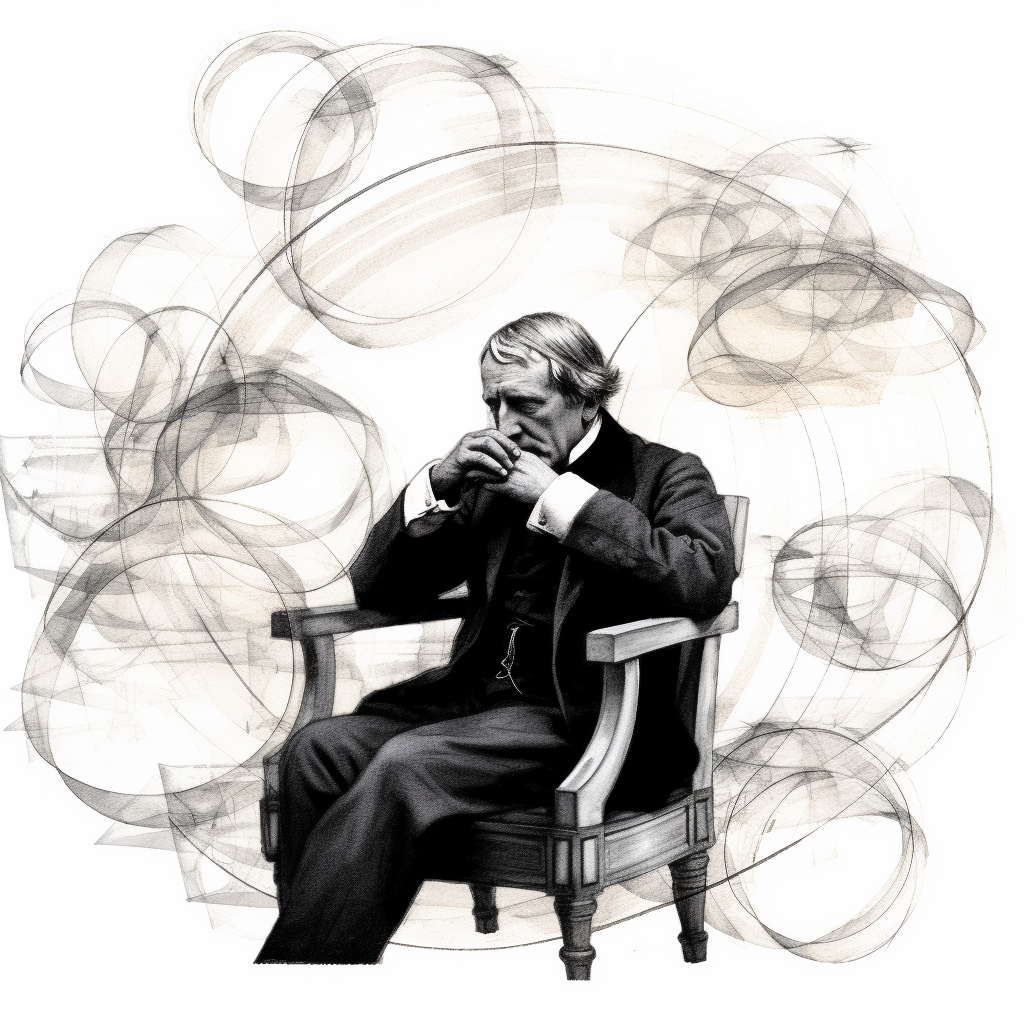Good day to you, dear readers! Today, we set sail on an intellectual voyage into the realm of Georg Wilhelm Friedrich Hegel, one of the most influential philosophers of the 19th century. Our compass for this journey? The Hegelian Dialectic, a fascinating process of reasoning that revolutionized the way we engage with ideas.
Hegelian dialectics is based on the principle that all elements of existence are in a state of constant change and development. This movement, according to Hegel, is characterized by a rhythm of thesis, antithesis, and synthesis. Let’s consider these steps in detail.
The thesis, in Hegelian terms, represents a proposition or an initial state of being. This is our starting point, our baseline. But as in any great story, conflict soon enters the stage.
Enter antithesis, the counter-proposition or the state of opposition to the thesis. The antithesis seeks to challenge and destabilize the thesis. Yet this is not the end, but rather a necessary step in the development of ideas. Herein lies the beauty of the Hegelian process – conflict is not a roadblock but a stepping stone.
Finally, we arrive at synthesis, the result of the tension between thesis and antithesis. The synthesis reconciles the opposition, incorporating elements from both the thesis and antithesis. Yet it is more than just a resolution. The synthesis provides a new thesis, a new starting point for the dialectical process to continue.
In essence, Hegelian dialectics present a cyclical dance of ideas, a ballet of intellectual evolution where each step fuels the next, promoting growth and progression. Yet, it’s not simply an academic exercise. It is an approach that echoes throughout our lives, from individual personal growth to the development of societies and civilizations.
The dialectical process reflects how we as individuals, and collectively as societies, encounter, grapple with, and evolve from conflict. It serves as a reminder that change and progress are not only inevitable but also, crucially, dependent on the clash and reconciliation of opposing ideas.
It is my hope, dear readers, that our exploration of Hegelian dialectics has left you with an enriched understanding of this remarkable dance of ideas. May it serve as a lens through which you view your encounters, both intellectual and personal, and may it inspire you to find the synthesis in your own life’s dialectic.
Until our next intellectual adventure, I bid you adieu, and as always, I remain,
Yours in curiosity,
Percival Q. Higginbottom

Further Reading:
- Stanford Encyclopedia of Philosophy: Hegel A comprehensive resource on Hegel’s life, works, and contributions to philosophy.
- The Hegelian Dialectic: Thesis, Antithesis, Synthesis An in-depth explanation of the Hegelian Dialectic with examples and applications in various fields.
- Britannica: Georg Wilhelm Friedrich Hegel A detailed account of Hegel’s life and philosophy with a particular focus on his dialectics.





3 thoughts on “The Dance of Dialectics: Understanding Hegelian Synthesis”
Can you be more specific about the content of your article? After reading it, I still have some doubts. Hope you can help me.
Your point of view caught my eye and was very interesting. Thanks. I have a question for you.
Your article helped me a lot, is there any more related content? Thanks!